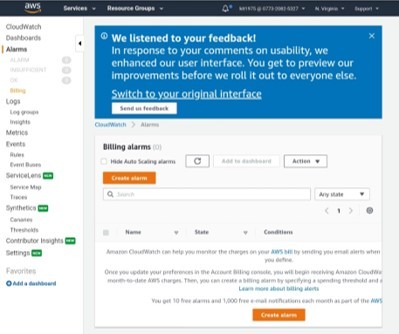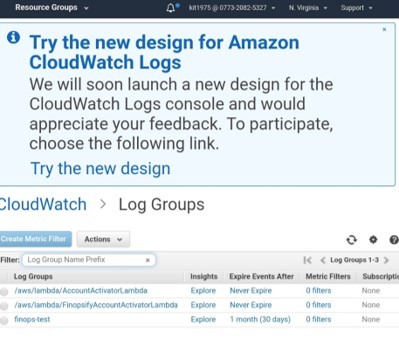AWS Lambda Summary
Serverless computing:
Serverless computing is the utilization of pay-per-use services which give users the chance to run snippets of back-end code for various websites and applications without the expense of managing servers.

Importance:
Its services help with the reduction of overhead and cost accompanied with managing any of physical or virtual infrastructures.
Who is affected by serverless computing?
It affects mainly businesses and companies that are running websites and applications and require back-end services or analytics.
How far serverless computing has gone?
Serverless computing is on the go and happening right now where every one of the major cloud computing platform providers allow for the use of serverless computing services.
How to get into a serverless computing?
You can have Serverless computing by using any cloud platform you choose. It is available on Microsoft Azure, CloudFlare Workers, AWS, IBM Cloud Functions and Google Cloud Platform.
What does serverless computing mean?

What does serverless computing mean
It is a part of cloud computing services which focuses on two of the main selling points found in the as-a-service model, providing computing that is almost completely hands-off and where you only get to pay for the consumption that you utilize and nothing else.
In this service, there are no virtual infrastructures needed for the user’s management. The users are only charged depending on the duration when the code is functioning, until the nearest one hundred milliseconds.
All of the scaling, fault tolerance and redundancy of the infrastructure is being managed fully. There are servers involved, but the user shouldn’t worry about keeping an eye on them because everything is maintained by the cloud service provider.
Lambda and the rest of the AWS serverless computing services, are developed for running snippets of code that only take on a single short-lived task.
Those functions do not depend upon any other code and can therefore be deployed and executed anywhere and at any time they are needed.
One example of a Lambda function could be the code which works to apply a filter to each picture uploaded from a random website to Amazon’s S3 storage service.
The code which is running on serverless services is far more typical of that which can be found in a microservices software architecture, unlike cloud applications where the backend code is seemingly found in a more monolithic fashion and may handle a number of different tasks. Using such a model, applications get to be broken down into their core functions, which are intended to be run alone and communicate using API.
Functions being run by serverless services are triggered first by “events”. Lambda for example is triggered by an event source such as a user uploading a file to S3 or a video sent to AWS Kinesis stream for example. Lambda function runs when such events get fired. As soon as a function has run, the cloud service spins down the inner infrastructure. Such a method will result in users only getting charged for the duration of code working.
Lambda’s name comes from the original mathematical term Lambda function, which implies to the small anonymous functions that are used in Lambda calculus.